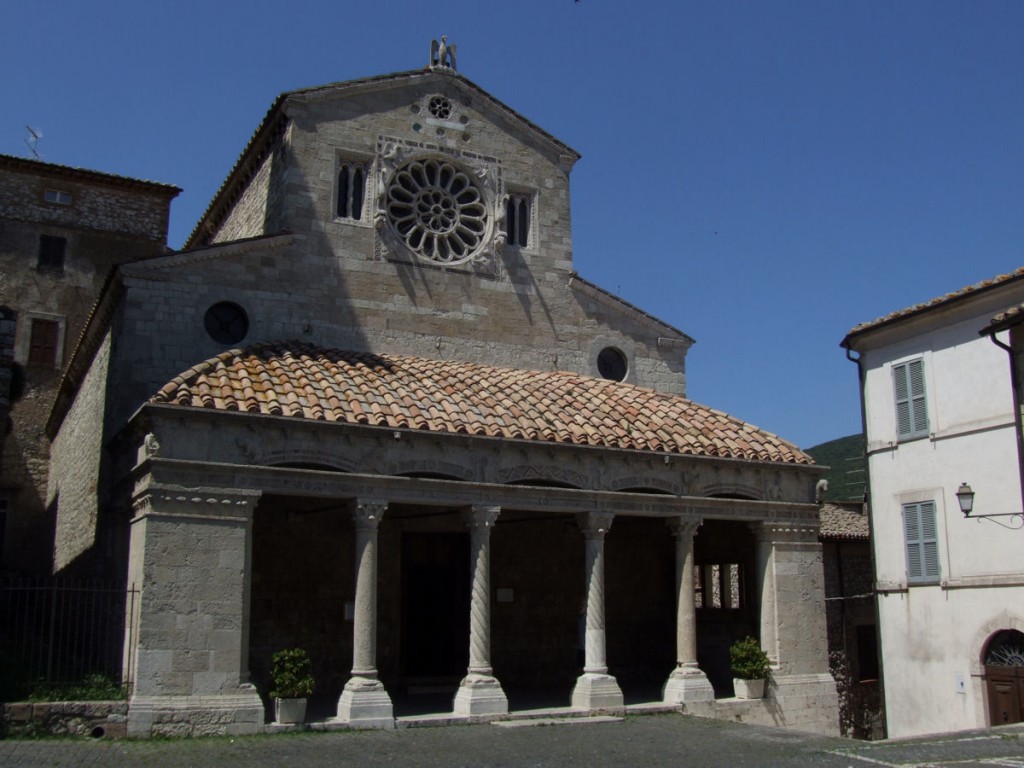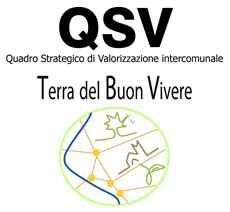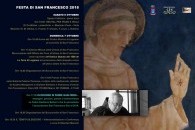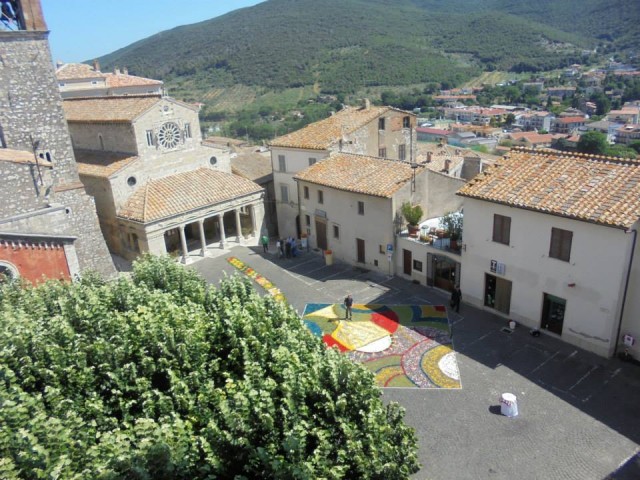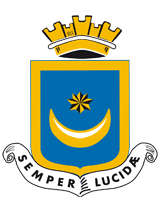Art and culture
History
History
Lugnano stands on a rocky hill north by north-east sheltered by an easily accessible and constantly green mountain range. From the top of its ancient town walls it is possible to make out the river Tiber that laps its lands and savour a wonderful view of the valley that takes its name. This mainly hilly region covers an area of about 3000 hectares with cereals, vineyards and olive groves that produce extra virgin olive oil of the highest quality. Here there is good clean air and a mild climate.
In Roman times, Lugnano was certainly one of the most important centres in the so-called "agro-amerino-romano" region which presumably extended from the Via Amerina to Guardea. This has all been well-documented by archaeological discoveries, the numerous finds are kept in an Antiquarium, (della of the Poggio Gramignano Roman villa, and in Latin literature (this area was referred to in the works of Pliny the Younger. Lugnano experienced a remarkable period of growth and development during the early and late Middle Ages, becoming a municipality around the year 1000. From the XI century onwards, many names appear of those who were lords of Lugnano: dukes of Montemarte (around the year 1000), then the counts Bovaciani di Todi (1147), a certain viscount Guido without a name (1204), a viscount Tebaldo Vagliante (1216), the Orsini (during the early part of the XIV century), and Tommaso di Alviano (1370). In actual fact these important people were regarded as "defensores" (guardians), to whom the Popes entrusted the defence of their lands and territories. The Popes never ceased to be the Lords and landlords of Lugnano lands which formed part of Saint Peter's patrimony.
Whether allied or subordinate to the town of Orvieto, Lugnano followed the changing fortunes in the conflict between the Guelphs and the Ghibellines, particularly against ghibelline Todi which was supported by Amelia and the Lords of Alviano, the owners of Alviano, Guardea and Attigliano. The victory of the Lugnanesi and the Orvietans against Todi and Amelia that had attacked Lugnano is documented by a papal bull issued by Gregory IX (1 April 1239). The expansionist aims of Todi for the control of the Tiber caused Lugnano to become isolated with only one means of exit in the direction of Orvieto and the castles on the opposite side of the Tiber.
In 1449 on the orders of Pope Pius II (Enea Silvio Piccolomini) the walls to the "Terra di Lugnano" (Lugnano territory) were restored but even so this expense was borne by the Community. In 1497 Bartolomeo d'Alviano plundered and destroyed the "Terra di Lugnano". This action was again repeated in 1502 by Bartolomeo's brothers, the abbot of S. Valentino, Bernardino and Aloisio of Alviano. Notwithstanding this, the Community reacted and under the revolutionary spirit of Pope Julius II a compendium of the Statute was provided regulations dating back to the XI century - the Charter of the "Terra di Lugnano" (1508). This Charter covered and governed every aspect of social life, ranging from interrelations between the Community and individuals right down to the minutest details of everyday life, work, animals and territory. This treasure of civilisation has been translated and is now available in a text published by the Lugnanese scholar Terzo Pimpolari.


